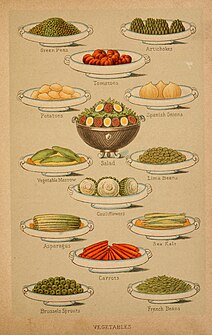
Libraries are places where we connect people to information that may be useful or interesting to them. Looking at some history, and connecting it to the materials we may have in our libraries, can be a good way to convince patrons to use and enjoy all the things we provide!
This week we are looking at October 27. Of course a lot of things have happened on this date – news and the big stories are the unusual things that are going on around us. One interesting thing that has happened today in 1873: “Farmer Joseph F. Glidden applies for a patent on barbed wire. Glidden eventually received five patents and is generally considered the inventor of barbed wire.”
“Barbed wire, also known as barb wire, occasionally corrupted as bobbed wire or bob wire, is a type of steel fencing wire constructed with sharp edges or points arranged at intervals along the strands. It is used to construct inexpensive fences and is used atop walls surrounding secured property. It is also a major feature of the fortifications in trench warfare (as a wire obstacle).”
Bring this historical fact to your library! You can do this with a variety of program and display ideas. We will help you to get started with a few ideas: set up a display of inventions and inventors, work on an indoor container garden, draw pictures of fences and different things you could use for fences, write a story about putting fences up on the moon, use a variety of craft items to build a new invention.
Here are a few books you might add to your collection or share with your patrons – or just enjoy yourself!
- Barbed Wire: The Fence That Changed the West, by Joanne S Liu
- The Universe Behind Barbed Wire: Memoirs of a Ukrainian Soviet Dissident, by Myroslav Marynovych
- Barbed Wire Baseball: How One Man Brought Hope to the Japanese Internment Camps of WWII, by Marissa Moss
- Desert Diary: Japanese American Kids Behind Barbed Wire, by Michael O. Tunnell
- Barbed Wire: An Ecology of Modernity, by Reviel Netz
- Behind Barbed Wire: A History of Concentration Camps from the Reconcentrados to the Nazi System 1896-1945, by Deborah G. Lindsay
- A Cowboy for Alyssa: Burlap and Barbed Wire, by Shirley Penick
- Barbed Wire Heart, by Tess Sharpe
- Bullets and Barbed Wire: A Gripping Exploration of WWII in the Pacific Theater – from Guadalcanal to Cape Gloucester, by Daniel Wrinn
- Makerspaces: Remaking Your Play and STEAM Early Learning Areas, by Michelle Kay Compton and Robin Chappele Thompson
- Makerspaces in School: A Month-by-Month Schoolwide Model for Building Meaningful Makerspaces, by Lacy Brejcha




